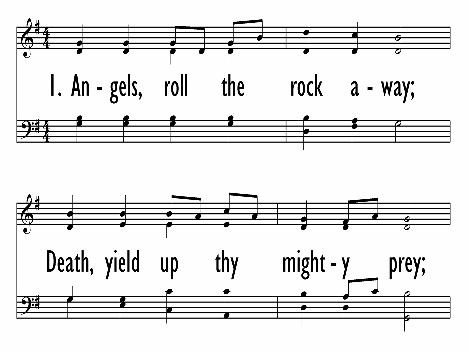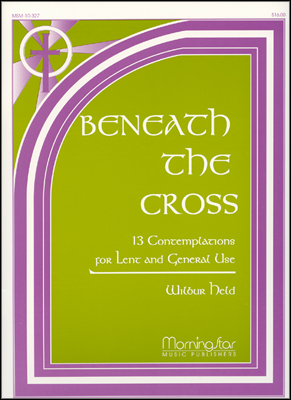1 Take my life and let it be
consecrated, Lord, to thee.
Take my moments and my days;
let them flow in endless praise,
let them flow in endless praise.
2 Take my hands and let them move
at the impulse of thy love.
Take my feet and let them be
swift and beautiful for thee,
swift and beautiful for thee.
3 Take my voice and let me sing
always, only, for my King.
Take my lips and let them be
filled with messages from thee,
filled with messages from thee.
4 Take my silver and my gold;
not a mite would I withhold.
Take my intellect and use
every power as thou shalt choose,
every power as thou shalt choose.
5 Take my will and make it thine;
it shall be no longer mine.
Take my heart - it is thine own;
it shall be thy royal throne,
it shall be thy royal throne.
6 Take my love; my Lord, I pour
at thy feet its treasure store.
Take myself, and I will be
ever, only, all for thee,
ever, only, all for thee.


 My Starred Hymns
My Starred Hymns





